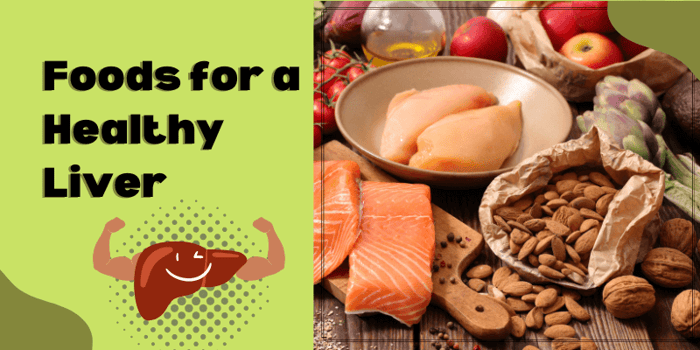In urinary tract infections (UTIs), bacteria colonize in the urinary bladder and other parts of the urinary system.
It is characterized by symptoms such as dysuria, frequent urination, urinary hesitancy, and urinary urgency1.
Role of pH in the Prevention of UTIs
Urine is a suitable medium that supports bacterial growth; however, factors such as pH < 5 and presence of organic acids and a high level of urea make it unfavorable for bacteria to survive: Normally, the pH of urine is slightly acidic, which may range from 4.5 to 8.0.1
A higher urine pH (8.5-9.0) may indicate the presence of pathogens such as Proteus, Klebsiella, or Ureaplasma urealyticum; therefore, even if the patient is asymptomatic, a high pH is suggestive of a UTI, regardless of the other urine test results.1
pH-Modulating Diet to Fight UTIs
In the past few years, antibiotic-free treatment approaches have gained popularity, particularly in the prevention and treatment of recurrent UTIs.2
This article discusses one such approach that talks about food items that help balance pH levels of the vagina and urine to fight UTIs.

Probiotics
Probiotic supplements used to treat UTIs contain Lactobacillus species of bacteria. The probiotic lactobacilli decrease vaginal pH, which helps eradicate the harmful bacteria that potentially colonize the vagina.
Probiotics may also inhibit microbes getting attached to the urinary tract and prepare the body’s immune system to fight infections.2
Probiotics are present in fermented foods such as plain yogurt and cheese.3,4
Prebiotic-rich foods such as onion, garlic, whole wheat products such as wheat bran, oats, and barley, and fruits such as bananas can increase the viability and activity of probiotics.5
Vitamin C-rich foods
Vitamin C decreases the pH of urine, which in turn prevents bacterial growth.
Consuming vitamin C supplements or vitamin C-rich foods such as orange, lemon, grapefruit, strawberry, green leafy vegetables, and green pepper can help fight UTIs effectively.3
Summary
Patient education is crucial for the management of UTIs.1 Encouraging patients to consume foods rich in probiotics, prebiotics, and vitamin C can be helpful in preventing UTIs.2,3
Patients with UTIs should be encouraged to drink more fluids, especially water.1
References:
- Bono MJ, Reygaert WC. Urinary tract infection. https://www.ncbi.nlm.nih,gov/books/NBK470195/. Updated December 2, 2019. Accessed February 27, 2020.
- Akgul T, Karakan T. Turk J Urol. 2018;44(5):377-383.
- Harvard Health Publishing. Stay a step ahead of urinary tract infections. https://ww.health.harvard.edu/. Published February 2-15. Accessed February 27, 2020.
- Borchert D, et al. Indian J Urol. 2008;24(2):139-144.
- Alsheraji SH, et al. J Funct Foods. 2013;5(4):1542-1553.
Check out the General Health section for more blog posts on health, and diet.
Explore the Himalaya Wellness blog for more useful articles.
Visit Himalaya Wellness online store to explore our 600+ products.
 Himalaya Global Holdings Ltd. (Our Parent)
Himalaya Global Holdings Ltd. (Our Parent)





